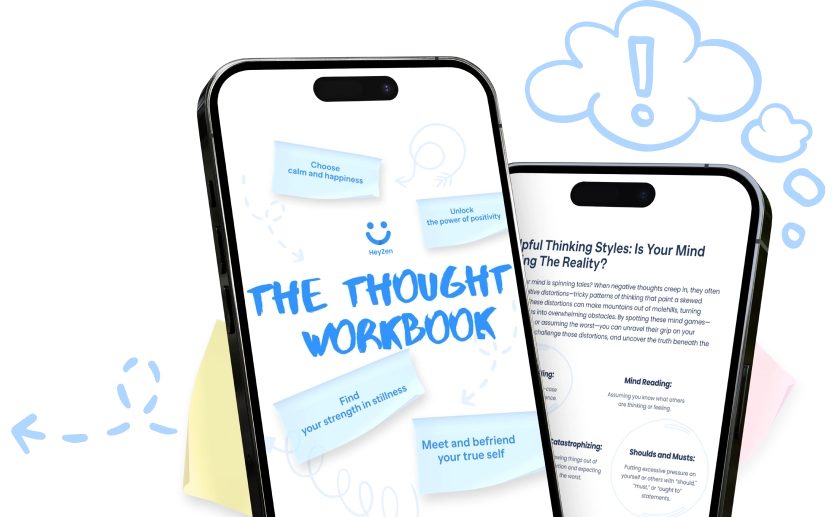Adult ADHD Symptoms: Searching for Life Balance

Always drained, your mood is a non-stop seesaw, and you can’t concentrate on a task for more than 5 minutes? Well, it’s possible that you’re facing attention deficit hyperactivity disorder (ADHD).
But, hold on, ADHD diagnosis is much more complex than this! In fact, it can well resemble other mental health conditions, and your symptoms can be just a result of a hectic pace of life. Let’s take a closer look at what ADHD looks like in adulthood.
Key Takeaways
- With the right strategies and support, adults with ADHD can lead successful and fulfilling lives. Adjusting environments and learning coping skills are key to managing symptoms effectively.
- ADHD in adults often manifests as difficulty focusing, impulsivity, and mood swings. However, these symptoms can overlap with other mental health conditions like anxiety or depression, making a proper diagnosis essential.
- Adult ADHD diagnosis involves comprehensive evaluation, including medical history, questionnaires, and sometimes tests like EEG. It’s important to consult a mental health professional for an accurate diagnosis.
- ADHD in adults can be classified into three subtypes: inattentive, hyperactive-impulsive, and combined. Each subtype has distinct symptoms, and a person must exhibit at least five symptoms from one subtype for an extended time to be diagnosed.
- ADHD often coexists with other mental health disorders like depression, anxiety, and substance abuse, which further complicates its management.
- Treatment for ADHD in adults includes both medication and non-medical approaches like cognitive behavioral therapy, meditation, and regular physical activity.
Understanding Attention Deficit Hyperactivity Disorder
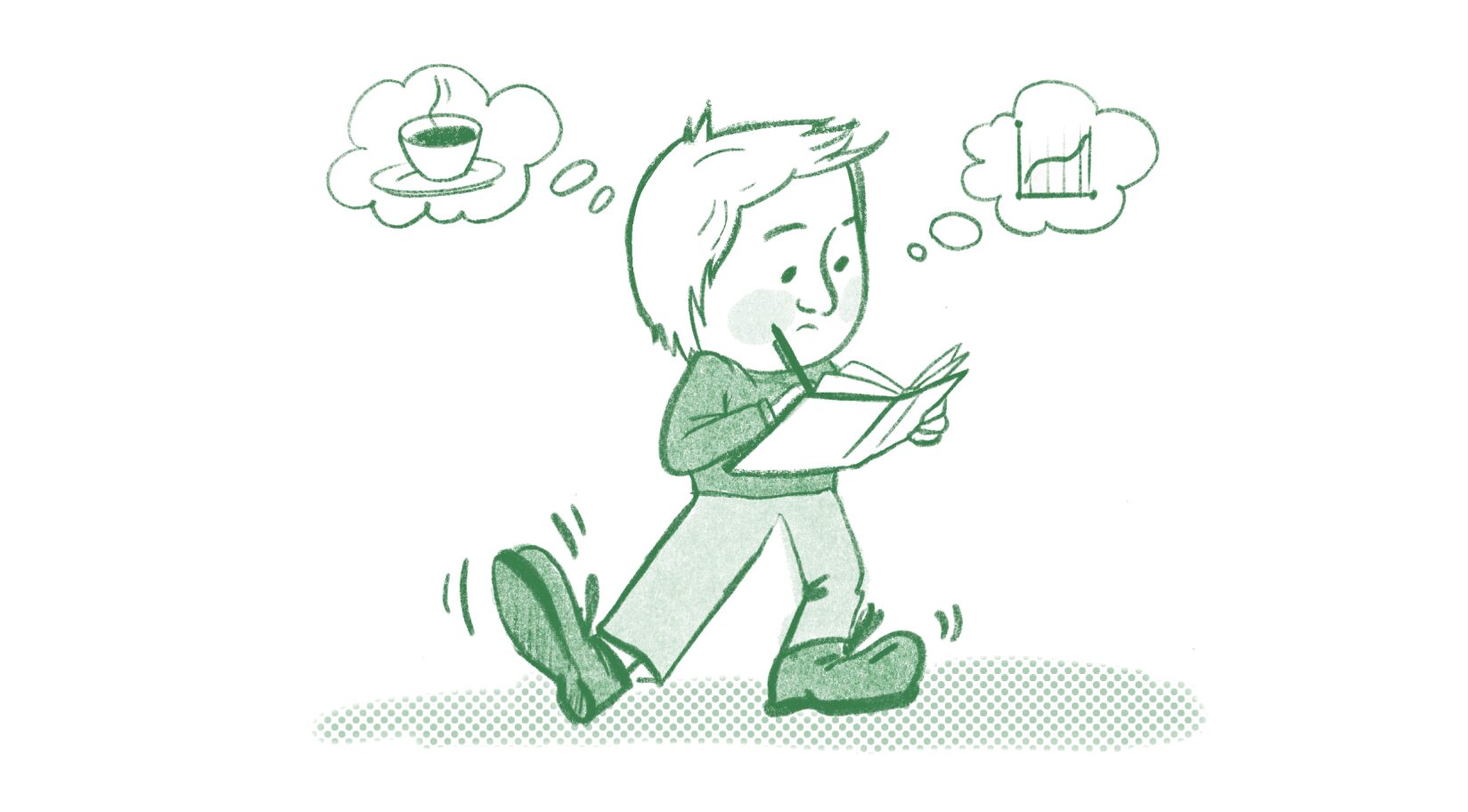
There are different opinions on what to call ADHD: a neurodevelopmental or a developmental disorder. Most of the time, they’re used interchangeably and, basically, describe a set of conditions that have their onset in early childhood and affect the central nervous system’s motor skills, cognition, behavior, and/or communication).
This group of disorders includes the following conditions that often co-occur:
- developmental learning disabilities, for example, dyslexia.
- autism spectrum disorder,
- motor disorders, for example, tics and coordination disorders.
- and attention deficit hyperactivity disorder (ADHD).
What causes ADHD is still unknown. Some of the established reasons are the imbalance of neurotransmitters. You’ve certainly heard about them: dopamine, serotonin, adrenalin, etc. They are the brain “messengers” that send signals from one neuron to another. According to another theory, people with ADHD have abnormal brain wave patterns.
While the causes are still being explored, what is definite for now is that ADHD affects executive functions. These are skills of the brain that allow us to achieve a specific goal. For example, inhibiting our own impulses in order to choose a more reasonable and appropriate behavior, engage working memory, or stay focused on a task despite external and internal distractions. These skills can and should be trained and refined for ADHD people to have a normal and successful life.
How is ADHD diagnosed in adults?
Usually, ADHD is revealed in girls and boys before the age of 12 because it’s a type of disorder people are born with. So, the first step towards an ADHD diagnosis is to visit a mental health professional or a medical practitioner. It can be a neurologist, a psychiatrist, or your physician. The Substance Abuse and Mental Health Services Administration (SAMHSA) has a special free online service that allows you to search for mental health treatment available in your state.
Doctors will guide you through the rest of your treatment journey and establish the right diagnosis. Usually, the process involves:
- Filling out a questionnaire and sitting an interview with a doctor.
- Researching family and medical history.
- Blood tests.
- Electroencephalogram (EEG).
The development of ADHD in adults
For various reasons, kids with ADHD might not have been diagnosed at an early age, so they’re forced to grow up with the disorder, and only as adults question if how they feel and behave is within a normal range. Lack of diagnosis and treatment leads to many adults developing depression, anxiety, and mood disorders, as they think they’re lazy and not intelligent enough to cope with the basic chores.
Sometimes, adults develop separate ADHD symptoms, but that doesn’t mean that they have it. ADHD is a complex disorder that is influenced by many factors, and its diagnosis requires a deep medical evaluation.
Most of the time, some symptoms, such as anxiety or an inability to maintain focus for a long time, are the result of excessive social media consumption or a stressful life. Actually, according to the research, one’s executive functions (concentration, working memory, self-control, etc.) deteriorate if they’re sleep deprived, stressed, lonely, or don’t engage in physical activities. This, of course, can resemble ADHD, but as we can see, in this case, the cause of the symptoms is the quality of life, not a disbalance of the brain neurotransmitters or wave patterns.
ADHD symptoms in adults
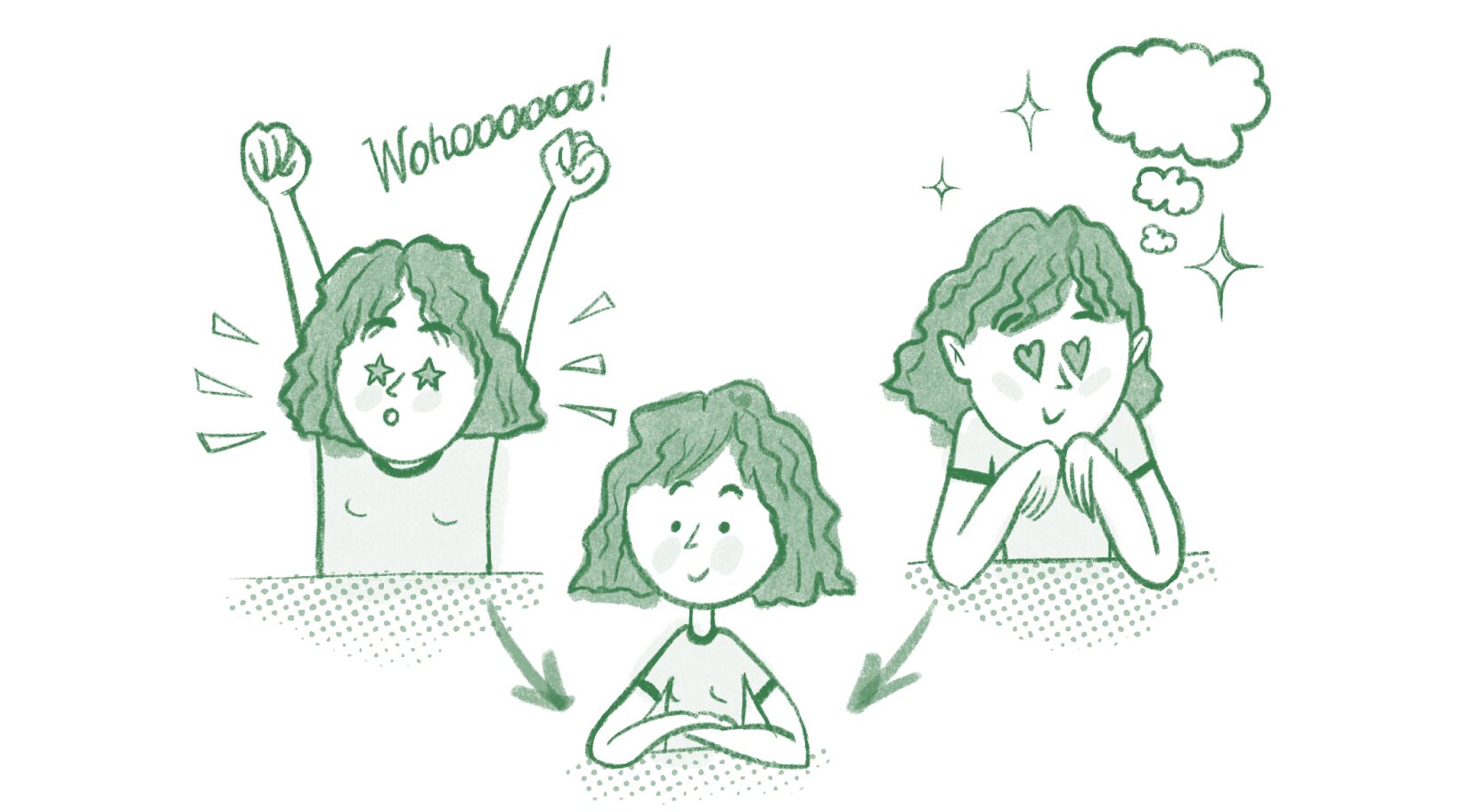
Remember that ADHD medical evaluation involves questionnaires and interviews? Doctors based them on criteria outlined in the Diagnostic and Statistical Manual of Mental Disorders (DSM-5) created by the American Psychiatric Association. According to it, ADHD’s intensity is subdivided into 3 levels: mild, moderate, and severe. Also, it has 3 subtypes with the following core symptoms:
Primarily inattentive ADHD
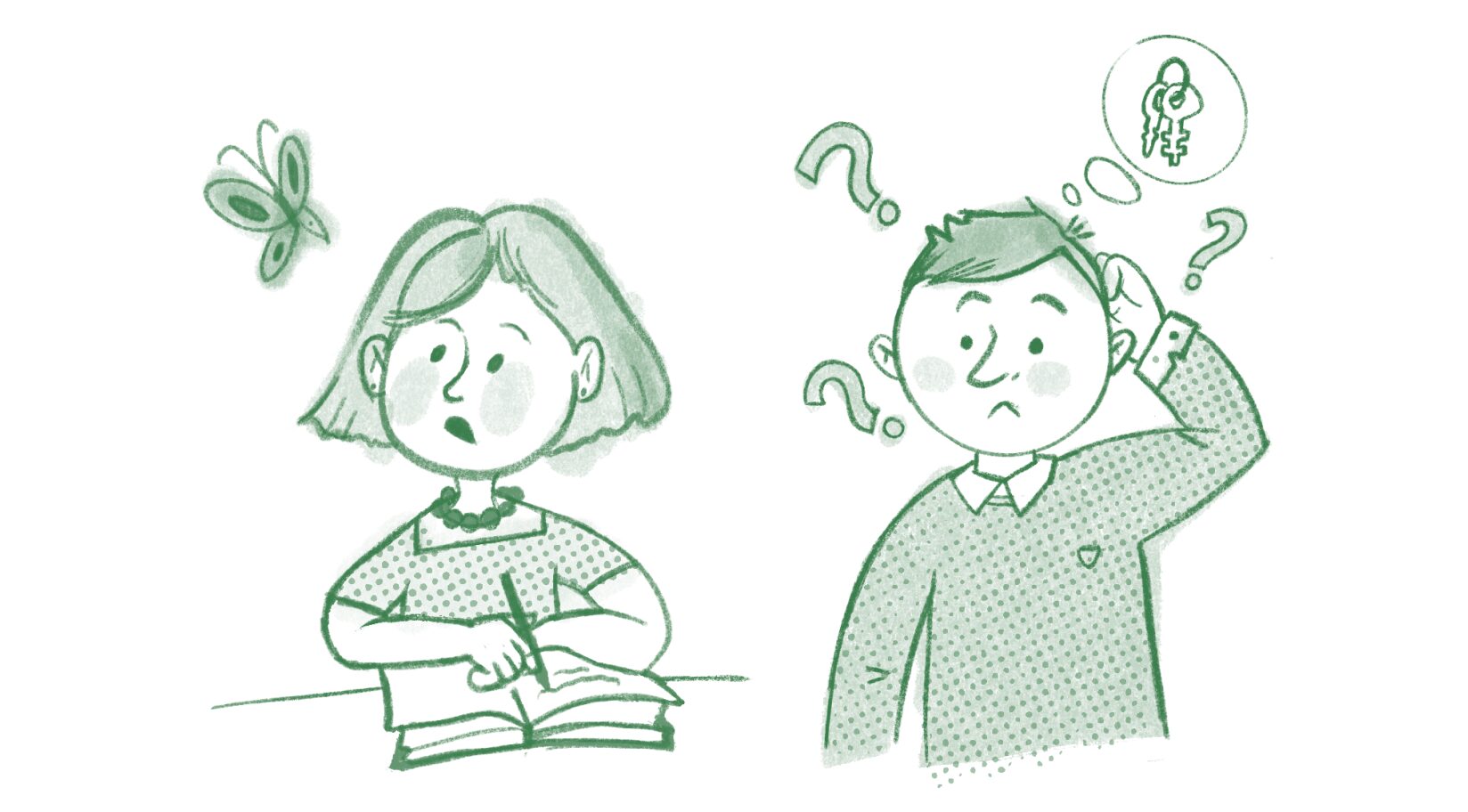
- Makes careless mistakes and produces inaccurate work while understanding the instructions.
- Has difficulty concentrating and seems not to pay attention even when no obvious distractions are around.
- Easily sidetracked, and struggles to finish a task.
- Has poor time management and fails to meet deadlines.
- Avoids tasks that require sustained mental effort, i.e., preparing reports, reading long papers, etc.
- Forgetful with basic daily tasks, i.e., paying bills, returning calls, etc.
- Has bad organizational skills, keeps spaces messy, and fails to do sequential tasks.
Impulsive-Hyperactive ADHD
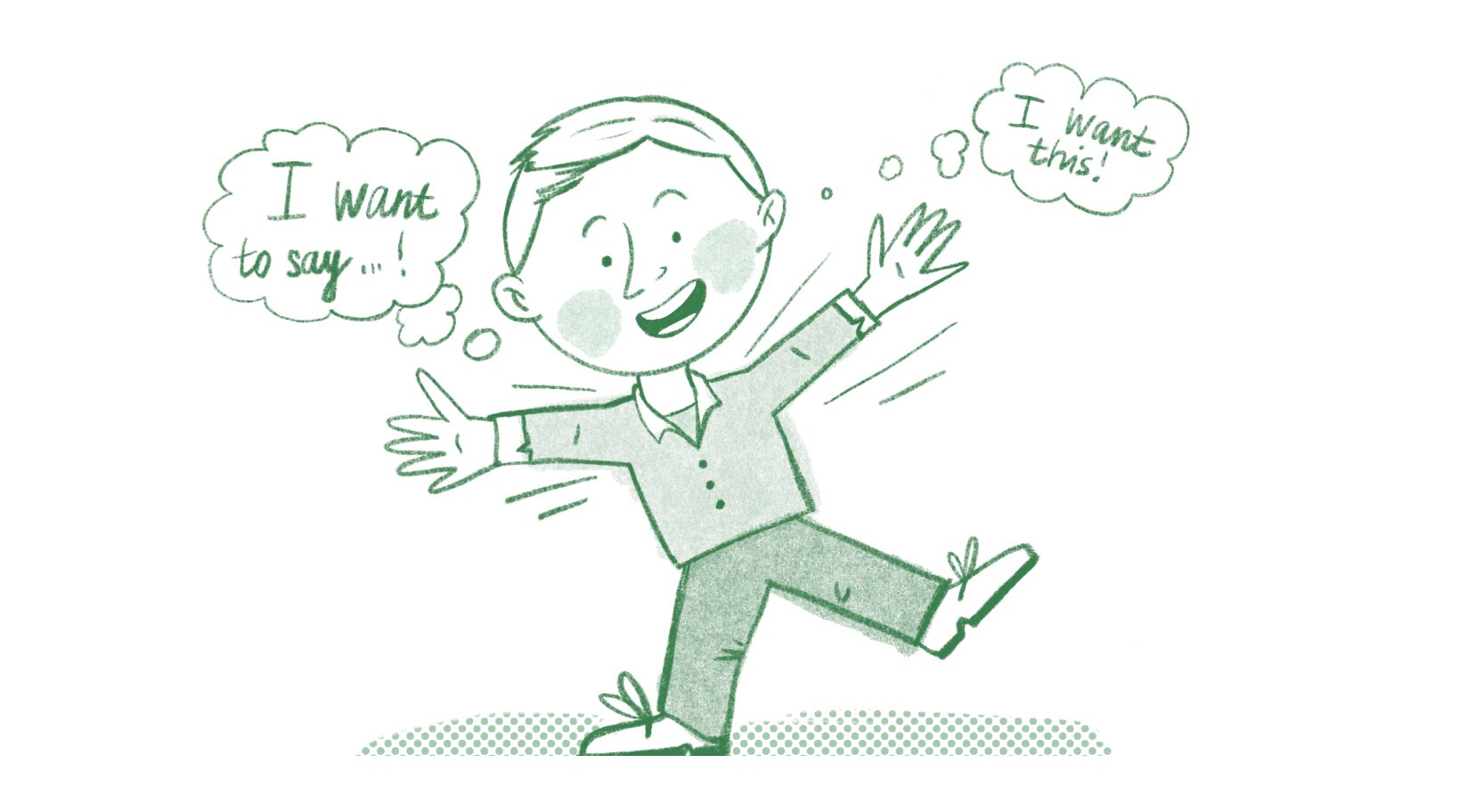
- Often fidgets with their body parts and objects around them.
- Walks and stands up in settings when it’s expected to remain seated.
- Talks excessively, interrupts others, and can’t wait for their turn in a conversation or a queue.
- Struggles to remain still.
- Intrudes into or takes over other people’s activities.
Combined ADHD
Adults with ADHD of the combined subtype have both impulsive-hyperactive and inattentive symptoms. Usually, this type has a severe form and goes with other subordinate mental health conditions.
Although types of ADHD in women and men vary slightly, to be diagnosed with ADHD, adults should have:
- At least 5 symptoms from one subtype.
- The symptoms of ADHD need to affect and deteriorate at least 2 spheres of their lives (professional, academic, or social).
- The onset of those symptoms in childhood.
- Lack of any other conditions that would explain the symptoms better.
Mental disorders that co-exist with ADHD
ADHD has a high level of co-existence with other mental health problems, and especially untreated ADHD can cause their harmful clash.
Depression
The study shows that depression can co-occur with ADHD in up to 50% of cases. Depression is characterized by feeling unexplainably sad and hopeless for at least 2 weeks, as well as losing interest in any activities that used to be fun and engaging.
At the same time, ADHD adults can be diagnosed with bipolar disorder, when a person experiences altering episodes of typical depression and a so-called mania, when one has an abnormally high energy level and mood.
Anxiety disorders
50% of adults with ADHD suffer from anxiety disorders, which include panic attacks, phobias, social anxiety, and general anxiety. It is not an inherently bad feeling, as it can motivate us to be more productive and efficient. However, it becomes a mental health condition when it starts to hinder your daily functioning.
If you find yourself worried about insignificant events, experience sudden fits of fear, have sleep disorders, or other persistent symptoms of anxiety, feel free to schedule an appointment with a doctor. Remember that you don’t need to suffer from them, as they can be successfully treated.
Substance abuse
Adults with ADHD face a higher risk for substance misuse. The study shows that 23% of young adults seeking treatment for drug abuse had ADHD. Again, the disbalance of neurotransmitters makes them crave a fast and easy dopamine boost. Together with it, they’re often pressured by peers and family members; hence, there is a need to escape reality and start “treating ADHD” with illegal drugs and alcohol.
ADHD medications: natural and artificial drugs
Artificial medications
Doctors treat ADHD with various stimulants that mainly aim to increase the number of neurotransmitters in the brain. They are methylphenidate, amphetamine, etc. You’re more likely to know them under the names Ritalin and Adderall, respectively. Also, it’s possible to be prescribed antidepressants and non-stimulants.
All these drugs aim at different neurotransmitters and parts of the brain and may have such side effects as anxiety, tics, and an upset stomach, especially if chosen incorrectly. That’s why a doctor chooses them only after assessing your physical health and brain activity.
Natural medications
Right, it’s possible to treat ADHD symptoms in natural, non-harmful ways that don’t have side effects and don’t cause addictions. This is what specialists advise to treat both adult and teenage ADHD.
Mindful meditations
The positive effect of mindful meditations has been scientifically proven by studies where participants reported a reduction of up to 81.8% in inattention and hyperactivity.
Meditations allow us to focus on the present moment and concentrate attention on one’s current feelings. As people with ADHD have problems with attention and suppressing impulsive behaviors, meditations teach how to hear your brain and body in daily life.
When it comes to mood swings and anxiety, for example, mindful meditations can help you alleviate the intensity of a disturbing feeling by accepting it. Moreover, as we tend to hyperfocus on certain tasks (especially when they’re irrelevant), a brief meditation session can help you return your concentration to normal, at least for some period of time.
Cognitive behavioral therapy (CBT)
CBT, essentially, works in the same way as meditations do, as some of the therapy’s exercises use different mindfulness and breathing techniques.
CBT teaches adults with ADHD the set of tools and coping strategies that should have been acquired in childhood and adolescence. But it’s never too late to learn how not to fall into negativity and anxiety cycles and quickly stop sidetracking.
The research found that CBT sessions helped ADHD adults enhance their self-esteem and improve their quality of life, and the results were positive for those who did and didn’t take chemical ADHD drugs.
Sports
Sports and physical exercises are established to be one of the natural dopamine boosters that, unlike drugs, don’t have any side effects. The study found that physical exercises increase dopamine levels and, by doing so, can be used for treating mental illnesses, including depression and anxiety.
This, in turn, allows mental health professionals to reduce the use of artificial drugs by complementing them with regular physical activities. It’s important to emphasize that sports should be regular in your life, as their effect shrinks with time just as the effect of drugs would.
So, can adults with ADHD have a normal life?
Absolutely, and have no doubts about it! The current environments—be it work or studies—are built for neurotypical people. That’s why we need to adjust them ourselves and study the art of living with ADHD. One tool to help navigate through life is specialized software. Check out the list of the best ADHD apps for adults to find your perfect assistant.
As with anything in life, the skills for a comfortable life require some effort. But be sure, once you’re on this road, fewer and fewer symptoms will bother you as you’ve learned how to deal with them. And, without much waiting, they will become your unique traits that help you thrive and stand out. In the meantime, check out our list of ADHD quotes for motivation and inspiration.
FAQ
How do I know, as an adult, if I have ADHD?
There’s no one universal test to diagnose ADHD. To know for sure if you have ADHD or any other problem, you need to visit your physician, neurologist, or psychiatrist. Actually, the Substance Abuse and Mental Health Services Administration (SAMHSA) has a special free online service that allows you to find mental health services in your state.
You can also check the official DSM-5 symptoms of ADHD in adults and adolescents before scheduling your medical appointment.
Can adults get ADHD later in life?
Symptoms of ADHD can fluctuate with time, but they never appear for the first time in adulthood. It’s a congenital disease, and the first symptoms are revealed before the age of 12. Sometimes, ADHD is not diagnosed in time, and, in this case, already as adults, people can visit a doctor themselves and find their diagnosis. Modern societal and environmental factors make people develop some ADHD symptoms that they can get rid of via, for example, psychotherapy and meditation alone. But ADHD is more complex than that and requires medical involvement.





